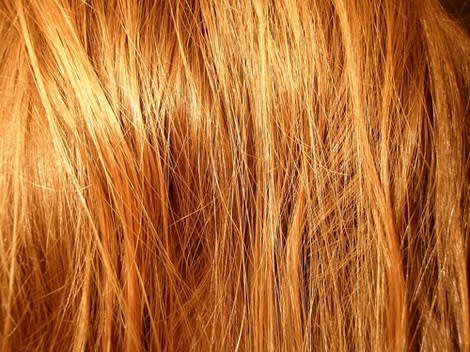There Goes Your Appetite: 7 Gross Facts About Processed Food
Eating gross things is fascinating when other people do it. It's why kids pay a dollar to get a weird kid to eat bugs on the playground and the reason NBC has been able to produce 150 episodes of Fear Factor. But when you're the one eating the gross stuff, it's not as fun. And there are a lot of disgusting and weird things out there that crop up in our everyday food. These 7 gross, but completely true, good facts may make you think twice next time you're at the grocery store.
Related: The 12 creepiest, most disturbing baby shower cakes...EVER
1. Nuggets are the poultry version of "variety meat"
Hot dogs have a reputation for being made from the parts of the cow that no one would eat otherwise, but chicken nuggets should be the go-to example of gross meat products. Nuggets are made from "meat slurry," a liquefied meat product which is as appetizing as it sounds, and are then molded into the familiar shapes we all know. You could say it's an efficient way of using the whole chicken. You could also say it's totally gross.
2. Rodent hairs are legally allowed in your food
Are you enjoying some toast with apple butter right now? You might want to put it down. The FDA allows four rodent hairs per 100 grams in processed food. Curry powder, allspice, and ground pepper are also allowed to have more rodent hairs than you'd probably like to eat. (There are also allowances for maggots, insect poop, sand, and more.)
Related: 15 sinfully sweet dessert recipes in a jar
3. Meat is treated with carbon monoxide to make it look fresh
When you pick out that nice red steak at the grocery store, you're choosing it because it looks fresh. But will it taste as fresh? It's hard to know, because a lot of meat is treated with carbon monoxide to keep it from turning color. That doesn't mean the meat is bad, but it does mean that it's not as fresh as you've been led to believe.
Related: Purple ketchup?! and 7 more failed food products you'll never eat again
4. Your ground beef may contain "lean meat product" or other fillers
You're probably sick of hearing about "pink slime." But when you buy ground beef, you're sort of expecting that it was, y'know, a cut of beef that's been ground. Ammonia or no, it's gross to find out that what you're paying good money for what's been cut with meat sludge.
5. Salmon dye may be damaging your eyes
Wild salmon gets its distinctive pink color from its krill-based diet. Farm raised salmon, without access to krill, is not actually pink. It's gray. Since no one wants to eat gray salmon, fisheries give the salmon a color boost by using artificial dyes in their feed. One such chemical, Canthaxanthin, has been linked to retinal damage in humans. Dyed salmon should be labeled as such in stores, but this law is poorly enforced. Ask your fishmonger to be sure.
6. Your salad dressing may contain the same chemicals as your sunscreen
Titanium dioxide belongs in your paint and sunscreen, not your food. Food manufacturers add it to things like salad dressing, creamers, and icing to make them appear whiter.
Related: Red Bean-flavored Pepsi...and 13 more disgusting soda flavors you won't believe

7. Your bread may contain an ingredient derived from human hair
L-cysteine, an amino acid, is a common ingredient used as a processing aid in bread products. The main sources for the manufacture of this additive are human hair and duck feathers. Yum!
- By Brian Campbell and Elizabeth Stark
Follow Brian and Elizabeth on Babble
For 13 more truly gross food facts, visit Babble!
MORE ON BABBLE
8 over-the-top divorce cakes that scream I'M FREE!!
41 copycat recipes from your fave fast food joints
8 outrageous sports stadiums made of ... FOOD!
10 diet foods that are secretly making you fat
The 25 healthiest foods for under $1

